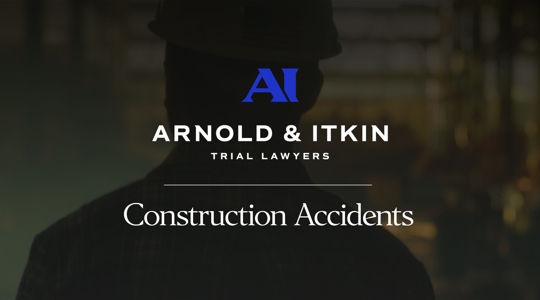Houston Aerial Lift Accident Attorneys
Helping Workers Injured in Aerial Lift & Scissor Lift Accidents Throughout Texas
According to the Electronic Library of Construction Occupational Safety & Health, aerial lifts count for 2 to 3% of all deaths on construction sites. Of those deaths, boom lifts count for over 70% and scissor lifts count for over 25%. Though aerial lifts are more effective than ladders and help construction workers get their jobs done efficiently, they can also pose serious dangers when not handled correctly.
If you or a loved one have been injured by an aerial lift, let Arnold & Itkin lawyers advocate on your behalf. Don’t suffer any longer. Contact our trusted Houston aerial lift accident attorneys for help!
The Dangers of Aerial Lifts
Aerial lifts come with an abundance of hazards and in a variety of forms. They can include vertical towers, articulating boom platforms, aerial ladders, and extendable boom platforms. Aerial lifts are commonly made of metal or fiberglass-reinforced plastic. In some cases, they are powered automatically, and in others, they are controlled by an operator on the ground. Workers must be trained to operate either type safely.
Hazards present in the use of aerial lifts include the following:
- Contact with other objects
- Causing objects to tip over or fall from lifts
- Wire entanglement
- Electric shock
- Ceiling contact
- Structural collapse
- Falls from the lift
- Contact with power lines
When operating aerial lifts, it is important that all employees are well-trained in how to use the equipment properly. Improper training could lead to severe, even fatal, harm. Our Houston, Texas personal injury law firm has often had to aid injured workers because employers did not provide adequate training.
